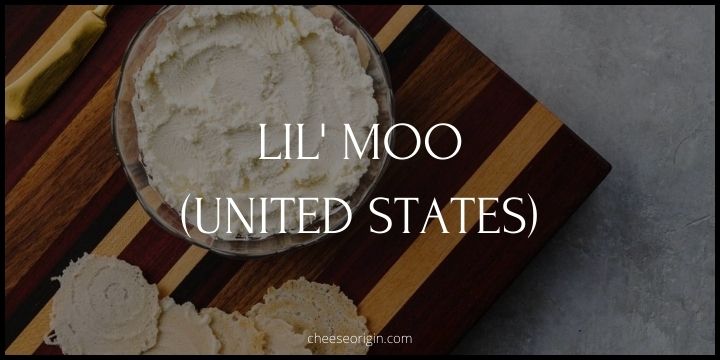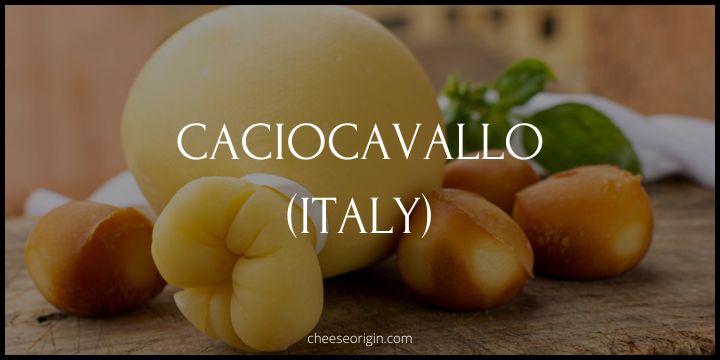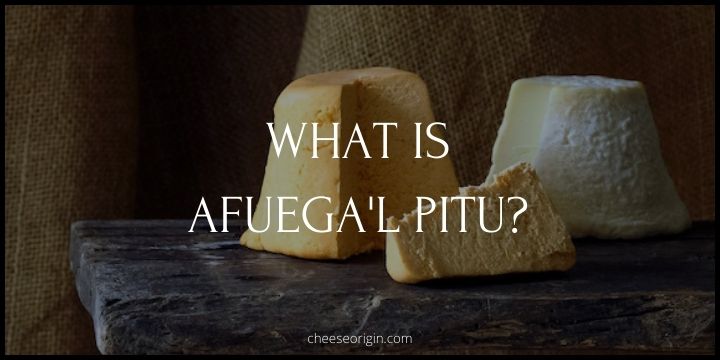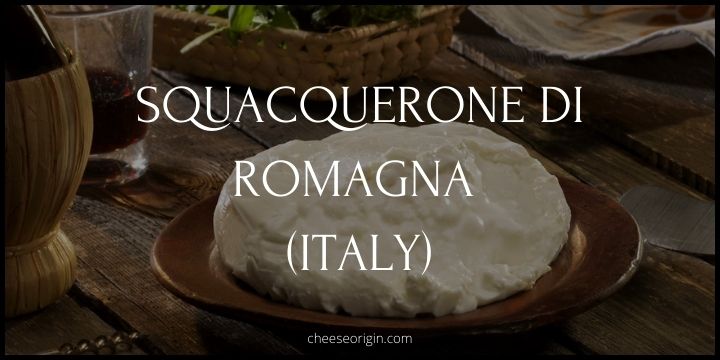What is American Swiss Cheese? Between Two Cultures

American Swiss Cheese, a delightful blend of two culinary cultures, stands as a testament to the fusion of Old World tradition and New World innovation. This cheese, with its distinct holes and mild, nutty flavor, is a reinterpretation of the classic Swiss Emmental brought to American shores by Swiss immigrants.
Crafted with the precision of Swiss cheesemaking and adapted to suit the American palate, this cheese straddles two worlds, offering a unique gastronomic experience. Its versatility in various dishes and its ability to melt into creamy perfection makes it a beloved staple in kitchens across the United States.
Quick Facts About American Swiss Cheese
| Quick Facts | Details |
|---|---|
| Origin | American Swiss Cheese is a variant of Swiss Emmental cheese that’s made in America. |
| Made From | Made from cow’s milk with the addition of bacteria that produce its characteristic holes or “eyes”. |
| Texture | Firm, smooth and slightly elastic texture. |
| Flavor | Mild, sweet, and nutty flavor that is less pronounced than that of traditional Swiss cheese. |
| Nutrition | Good source of protein and calcium, but it’s also high in fat and sodium. |
| Uses | Ideal for sandwiches, burgers, fondue, and can be eaten on its own as well. |
| Storage | Can be kept in the refrigerator for up to a month if stored properly. |
| Allergies | As it’s a dairy product, it’s not suitable for people with lactose intolerance or milk allergies. |
| Availability | American Swiss cheese is readily available in supermarkets across the U.S. |
What is American Swiss Cheese?
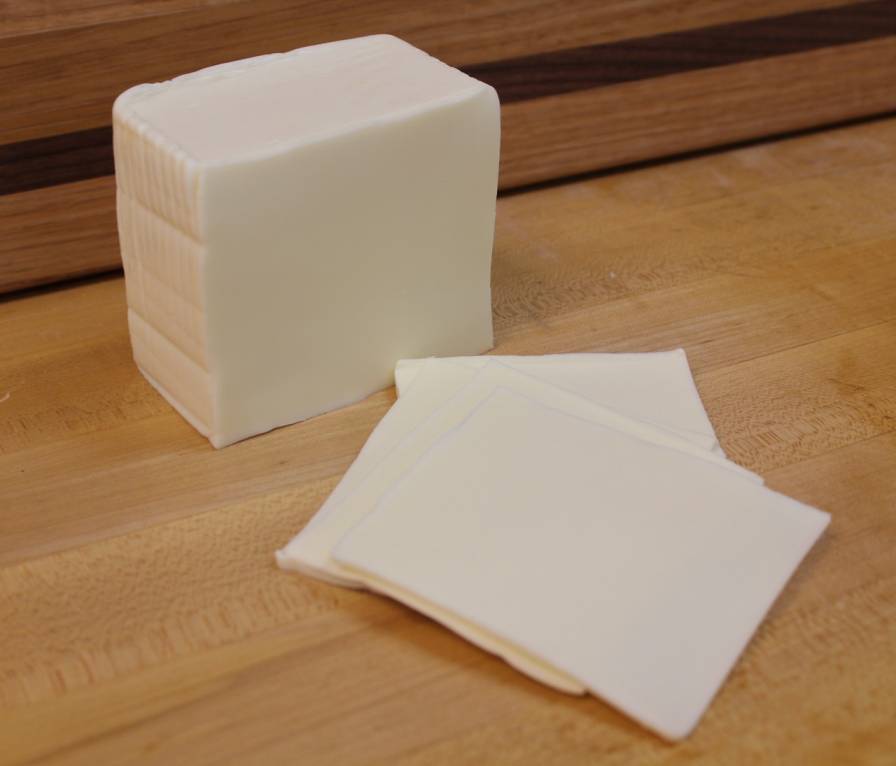
American Swiss Cheese is a name that instantly brings to mind a fusion of flavors from two different continents. This delightful dairy product is essentially an American spin on the traditional Swiss Emmental cheese. It’s like a culinary ambassador, bringing a taste of Swiss heritage to American soil while adding its unique twist.
This cheese variant is crafted from cow’s milk, imbued with special bacteria that produce its iconic holes or “eyes”. These eyes are not just for show – they’re a testament to the cheese’s careful aging and fermentation process. The magic lies in the interaction between the bacteria and the milk, resulting in a cheese that’s as visually striking as it is delicious.
American Swiss Cheese is characterized by a firm, yet slightly elastic texture that’s a joy to bite into. Its flavor profile is a complex mix of mild, sweet, and nutty notes, providing a less intense but equally satisfying alternative to its Swiss counterpart. This makes it the perfect cheese for those who prefer subtler flavors.
Nutritionally, American Swiss Cheese is a powerhouse of protein and calcium, making it a great addition to a balanced diet. However, like most cheeses, it’s also high in fat and sodium, so moderation is key.
The versatility of American Swiss Cheese is another of its many charms. It melts beautifully, making it a popular choice for grilled sandwiches, burgers, and fondue. But it’s also delightful when enjoyed on its own, letting its mild, nutty flavor shine.
What Does American Swiss Cheese Taste Like?
American Swiss cheese offers a unique flavor experience that’s often described as a cross between Jarlsberg and Emmental but with a less robust flavor. This cheese is known for its shiny pale yellow hue and characteristic holes, which are a result of the fermentation process.
The taste of American Swiss cheese is typically described as mild, sweet, and nutty. This blend of flavors makes it a versatile choice for various culinary uses. When compared to authentic Swiss cheeses like Emmental and Gruyere, American Swiss cheese has a similar, but milder, nutty, and buttery flavor.
American Swiss Cheese Tasting Notes
- Appearance: Pale yellow in color, shiny, with characteristic holes or “eyes” resulting from the aging and fermentation process.
- Texture: Firm yet slightly elastic texture, providing a satisfying mouthfeel.
- Aroma: Mild and milky aroma, often reminiscent of fresh dairy.
- Taste: Subtle blend of flavors, often described as mild, sweet, and nutty. Less intense compared to traditional Swiss cheeses like Emmental and Gruyère.
- Aftertaste: Lingers with a slight sweetness and a hint of nuttiness. Not overly strong or pungent.
What is the Difference Between American Swiss Cheese and Swiss Cheese?
| Feature | American Swiss Cheese | Swiss Cheese |
|---|---|---|
| Origin | Made in America and is a processed cheese variant. | Traditional Swiss cheese is made in Switzerland. |
| Aging Process | Typically aged for about 60 to 90 days. | Traditional Swiss cheese, such as Emmental or Gruyère, is aged for at least 4 months, often much longer. |
| Taste | Mild, sweet, and nutty flavor. | More robust with a pronounced nutty and slightly fruity flavor. |
| Appearance | Pale yellow color with evenly distributed holes. | Pale yellow to golden color with larger, irregular holes. |
| Texture | Firm yet slightly elastic. Melts well and evenly. | More expensive due to the longer aging process and import costs (if outside Switzerland). |
| Use | Versatile in cooking, especially where a milder cheese flavor is desired. | Often used in traditional Swiss dishes like fondue, raclette, and others. Also eaten as is, or on sandwiches, etc. |
| Price | Generally less expensive due to shorter aging process and mass production. | Generally less expensive due to the shorter aging process and mass production. |
>> Click here to read our in-depth guide on Swiss Cheese
10 Best American Swiss Cheese Substitutes
| Substitute | Taste | Texture | Best Used In |
|---|---|---|---|
| Monterey Jack | Mild, slightly sweet and creamy | Smooth, melts well | Sandwiches, burgers, nachos |
| Colby Cheese | Mild, slightly sweet | Firm, smooth, melts well | Grilled cheese, mac and cheese |
| Gouda | Mild to sharp, slightly sweet | Semi-hard, melts well | Baking, sandwiches, soups |
| Cheddar | Mild to sharp, slightly nutty | Firm, melts well | Burgers, sandwiches, casseroles |
| Mozzarella | Mild, milky | Soft, melts excellently | Pizzas, lasagnas, salads |
| Provolone | Mild to sharp, slightly tangy | Semi-hard, melts well | Sandwiches, pizzas, salads |
| Havarti | Mild, slightly tangy | Semi-soft, melts well | Sandwiches, quiches, sauces |
| Muenster | Mild, slightly tangy | Semi-soft, melts well | Grilled cheese, burgers, baking |
| Emmental | Nutty, slightly fruity | Firm, melts well | Fondue, sandwiches, gratins |
| Jarlsberg | Nutty, slightly sweet | Firm, melts well | Sandwiches, salads, quiches |
What Pairs Well with American Swiss Cheese?
Food that goes well with American Swiss Cheese:
| Category | Food pairing |
|---|---|
| Sandwiches and Wraps | Ham, bacon, tuna, avocado, hummus |
| Pasta | Cheese sauces, mac and cheese |
| Baked Goods | Cheese scones, ham and cheese scones, cheese biscuits, cheese straws, Hawaiian cheese bread |
| Breakfast | Omelets, quiche |
| Savory Pastries | Paired with ham |
| French Cuisine | Classic French Onion Soup, French Bread (baguette) |
| Cuban Cuisine | Cuban Sliders |
| Sides | Cottage cheese |
| Fillings | In wraps with a range of fillings |
| Ingredients for Recipes | Milk, mushrooms (white), bacon |
Beverage that goes well with American Swiss Cheese:
| Category | Beverage that pairs well with American Swiss Cheese |
|---|---|
| Wine | Chardonnay, Riesling, Pinot Gris, Merlot |
| Beer | Pilsners, Lagers, Wheat Beers |
| Non-Alcoholic Drinks | Apple Cider, Grape Juice |
| Tea | Earl Grey, Green Tea |
| Coffee | Light Roast Coffee |
| Spirits | Whiskey, Bourbon |
Also read: Best Wine and Cheese Pairings: The Ultimate Guide
Also read:
- What is Caboc? A Taste of Scottish Heritage
- What is Graviera? The Greek Cheese Symphony
- What is Pasta Filata? Italy’s Stretched-Curd Cheese
- What is Mastelo Cheese? Greece’s Hidden Delicacy
- Top 11 Most Popular Semi-soft Cheeses in the World
- Top 10 Most Popular Cheeses in Ireland
- What is Lanark Blue? Scotland’s Roquefort Revolution
